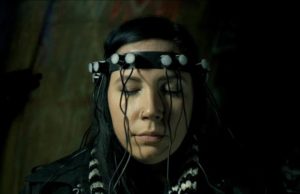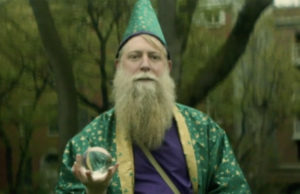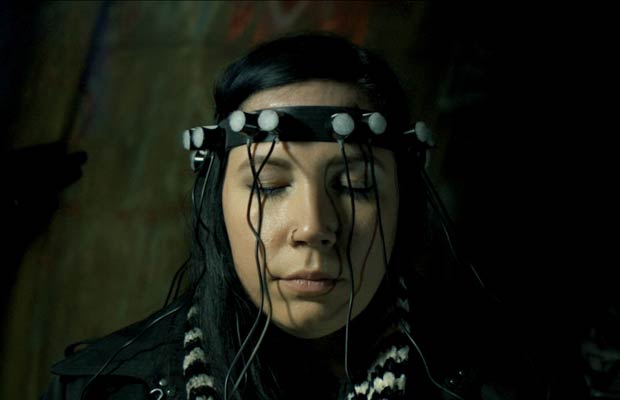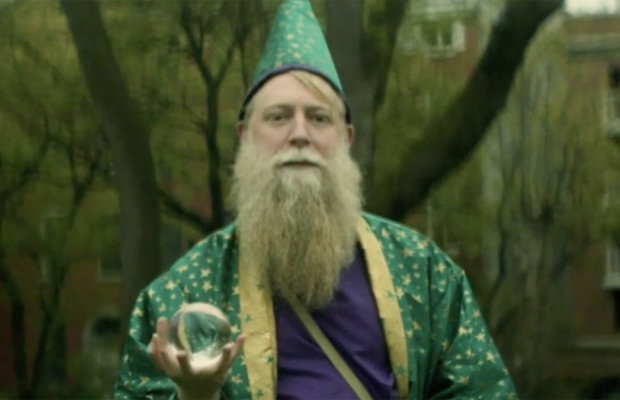The Fibonacci Sequence : Blueprint of Intelligent Design?
The Fibonacci sequence is a mathematical succession of numbers in which each number is obtained by adding together the last 2 digests that came before it. In mathematical terms, the Fibonacci sequence is based on something called recurrence relations, which tells us the next value of a sequence using the previous value in the same sequence. It goes as follows: 0, 1, 1, 2, 3, 5, 8, 13, 21, 34, 55, 89, 144, 233… fundamentally continuing on indefinitely. As simple as it may seem at first glance, in the eyes of some, the Fibonacci sequence is evidence of a blueprint or simply the potential trademark of purposeful design. In order to better understand the sequence and it’s relation to creation one must first understand it’s origin and the different ways the Fibonacci sequence has been applied to mathematics. I think it is also important to note that though there are many who believe that nature prefers Fibonacci numbers, there are many who believe that directly linking the sequence with the idea of a creational blueprint is nothing more than a fantastical claim on the part of those choosing to see patterns where there are no solid patterns at all. My aim is only to explain the sequence and allow the reader to form his or her own opinions.
Initially introduced to Western Europe by famed mathematician Leonardo Pisano of Pisa in his treatise “Liber Abaci” published in 1202, Pisano originally posed the sequence by using an idealized rabbit population as his example. “How many pairs of rabbits will be produced in a year beginning with a single pair, if in every month each pair bears a new pair which becomes productive from the second month on?” To break the sequence down into a more simple explanation one must think about the Fibonacci sequence in a table form. In the “zero” month there would exist one pair of rabbits, followed in the first month by a second pair of rabbits beget by the first. In the second month both pair of rabbits will have another pair while the first pair dies, which leaves us with two newly birthed pair of rabbits – 0, 1,1,2, 3, 5 and so on.
It was in this way that the Fibonacci sequence was first introduced to Western Europe and since then it has continued to be a subject of study by scientists and mathematicians alike, who have derived many interesting patterns from the series of numbers. One of those patterns is what is known as the Golden Ratio. By dividing one number in the series by the number that comes before it you will usually obtain a number very similar. EX: 144/89 = 1.617, 89/55 = 1.618. Strangely enough, the number then becomes fixed after the 13th number in the Fibonacci sequence and will always equal 1.618, what mathematicians refer to as the Golden Ratio, or the perfect number.
Though the Fibonacci sequence itself is initially interesting, it’s difficult to understand how exactly one might link it to biological settings. This is usually done by way of the Golden Sequence or the Fibonacci spiral. In order to create a Fibonacci spiral, we can look at the numbers 1 through 8 in the table, each number is obtained by adding the last two digits together, just like in the sequence, only this time rectangles are used to represent the numbers themselves. By dividing each rectangle with an arch, a pattern eventually begins to take shape. This pattern is what many believe to be one example of the creational blueprint, the spiral’s importance revealed in where it is found in the naturally occurring world. Examples of the Golden sequence are believed to be found widespread in nature; from the display of a sunflower seed pattern in two directions that consistently equals two uninterrupted Fibonacci numbers, to the spiral formation found in whirlpool galaxy formations. The Nautilus seashell, the proportions of the human ear, and the digits of the fingers on the human hand are more examples of the appearance of Fibbonacci’s golden spiral. Waves which bring in the tide curve into a spiral that can be figured onto a plot at the points of 1, 1, 2, 3, 5, 9, 13, 21, 34, and 55 in the Fibonacci spiral. Many artists and architects have even utilized the Golden spiral in their works. Leonardo DaVinci, for example, was said to have utilized the building blocks of the Fibonacci sequence when painting his masterpiece ‘The Mona Lisa.’ Bone structure in the human body and face that mimic the Fibonacci sequence are said to appeal more aesthetically to the human eye. Even the reproduction and population of bee colonies appear to follow the Fibonacci sequence.
ADVERTISEMENT
 Though the sequence itself is a fascinating mathematical curiosity that many would believe is proof of purposeful design, there are also those who would argue that the theory represents nothing more then misinterpreted, unconnected patterns. The Golden spiral is just one of many curves and spirals which are known as the “Logarithmic spirals,” spirals commonly grouped along side another series of spirals called the “Archimedian spirals.” It is not uncommon to find these patterns mimicked in the natural world also, and in some cases the examples said to best fit the structure of the Fibonacci spiral are better actually much better suited to others in the Archimedian spiral family, which bare no direct connection to the Fibonacci sequence. Many believers argue the common appearance of the sequence with regards to petals on certain flowers and plants. For example, the Yellow Moonbeam Coreopsis grows a total of 8 petals; the White Vinica grows 5 petals. This is relatively a common connection linking the Fibonacci numbers to biology, and though it is not necessarily consistent occurrence it seems to be one focused on quite often by supporters of the theory. Research suggests that this connection is not always reliable; though many daisies grow a total of 34 petals it is not common enough to support the theory that the Fibonacci numbers are the direct explanation for this. In essence, the opposing argument is that the Fibonacci sequence is usually supported by those examples which seem to maintain the idea that nature’s patterns are built on it, and not the plethora of examples contrary to it.
Though the sequence itself is a fascinating mathematical curiosity that many would believe is proof of purposeful design, there are also those who would argue that the theory represents nothing more then misinterpreted, unconnected patterns. The Golden spiral is just one of many curves and spirals which are known as the “Logarithmic spirals,” spirals commonly grouped along side another series of spirals called the “Archimedian spirals.” It is not uncommon to find these patterns mimicked in the natural world also, and in some cases the examples said to best fit the structure of the Fibonacci spiral are better actually much better suited to others in the Archimedian spiral family, which bare no direct connection to the Fibonacci sequence. Many believers argue the common appearance of the sequence with regards to petals on certain flowers and plants. For example, the Yellow Moonbeam Coreopsis grows a total of 8 petals; the White Vinica grows 5 petals. This is relatively a common connection linking the Fibonacci numbers to biology, and though it is not necessarily consistent occurrence it seems to be one focused on quite often by supporters of the theory. Research suggests that this connection is not always reliable; though many daisies grow a total of 34 petals it is not common enough to support the theory that the Fibonacci numbers are the direct explanation for this. In essence, the opposing argument is that the Fibonacci sequence is usually supported by those examples which seem to maintain the idea that nature’s patterns are built on it, and not the plethora of examples contrary to it.
It’s easy to understand why the symmetry of the Fibonacci spiral and it’s common frequency in nature has captured the attention of scientists and mathematicians; unfortunately, to date, a physical conclusion has yet to be reached as to its legitimacy. Scientists suspect that stress patterns in the structure of growing plants may give rise to Fibonacci spirals, possibly explaining the repeated existence of the common pattern in the natural world. This might explain for example why daisies grow 34 petals or why a nautilus shell mimics the arch of the famous spiral. Whether you believe Pisano’s simple mathematical calculation to be evidence of a creational design or nothing more than an unrelated series of numbers, it’s difficult to deny the fascination and frustration that it has captured for over 700 years. As long as there are people who continue to ponder the building blocks of life, the Fibonacci sequence will remain a prevalent curiosity for years to come.
MORE GREAT STORIES FROM WEEK IN WEIRD:











You must be logged in to post a comment Login